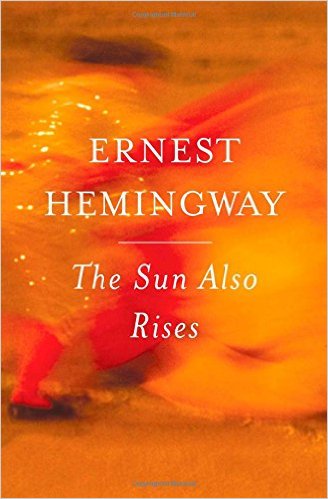3 Shortest U.S. Presidents | Truth About Presidential Height
Who were the shortest U.S. presidents? How tall was George Washington? Does the taller candidate always win? Read on for answers…

You may have heard political pundits make statements indicating that taller candidates have an advantage over shorter opponents.
See Also: 100+ Famous Short Men (Sortable List)
There are even claims (or misinformation) that since the turn of the century, the taller of the two U.S. presidential candidates has always won.
Spoiler alert: this is simply not true.
Note from the Editor: We realize that you may have stumbled upon this article by searching for the shortest president, meaning the shortest time in office. This article is actually about presidential height, but we wouldn’t want to disappoint you.
William Henry Harrison was the President of the United States in 1841 from March 4 – April 4. He died just 31 days into term. He was 5’8?.
Okay, back to the topic of presidential height…

Before we disprove this belief, there are three basic requirements before an individual may begin the journey to becoming president:
- A natural-born citizen
- At least age 35
- A resident for at least 14 years
It’s that simple!
How often does the taller candidate win?
Consider the following scatterplot data based on U.S. Presidential Elections from 1798 to 2004:

When a strong correlation (positive or negative) occurs, the data points will create a fairly straight line. The scatter plot above tells us there really is no correlation.
In U.S. presidential elections, approximately 53% of the time the taller candidate has won.
So, while there is some merit to the vertically gifted having a leg up (no pun intended) over shorter opponents, it does not exactly point to a landslide victory.
What underpins the advantage of being taller?
After all, we are talking about electing executive leadership for a country, not filling the roster for a basketball team.




















